Our second day began with the Big Wild Goose Pagoda, a Buddhist pagoda built in the 7th century during the Tang dynasty, and repaired and renovated many centuries later during the Ming. A Chinese Pisa of sorts, for its several degrees of westward lean (not particularly perceptible below): 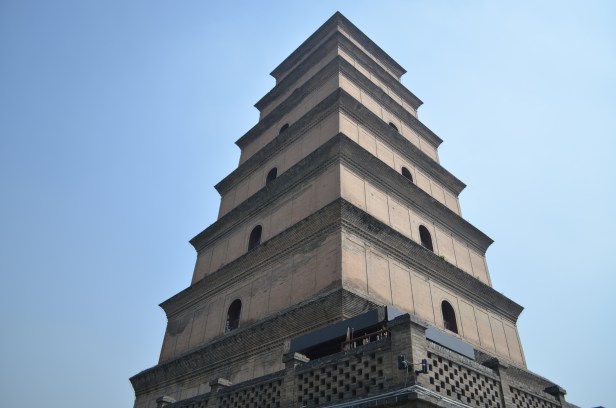 In the afternoon, we headed to the massive mausoleum of Qin Shi Huang, the first emperor of a unified China whose rule kicked off two millenia of imperialism and was marked by sweeping societal reforms, grand public works (in Northern China, a predecessor to the current Great Wall, and the Lingqu canal in the South), and sometimes tyrannical and paranoid acts of a man obsessed with the eradication of historical scholarship and the alchemical pursuit of immortality.
In the afternoon, we headed to the massive mausoleum of Qin Shi Huang, the first emperor of a unified China whose rule kicked off two millenia of imperialism and was marked by sweeping societal reforms, grand public works (in Northern China, a predecessor to the current Great Wall, and the Lingqu canal in the South), and sometimes tyrannical and paranoid acts of a man obsessed with the eradication of historical scholarship and the alchemical pursuit of immortality.
There is always an element of mystery in the histories of such outsize figures from so long ago, so much that one must assume has been embellished or twisted or popularized for some purpose or other, especially when that ancient history has so closely mirrored China’s recent history – Qin Shi Huang’s anti-intellectualism and book-burning was replicated on grander scale during Mao’s rule, but both periods were important first steps in unification, platforms for China’s rises to global power. But what is usually lost in theoretical debates are the wonder and the scale of human achievement, something that the army of terracotta warriors remind me of.
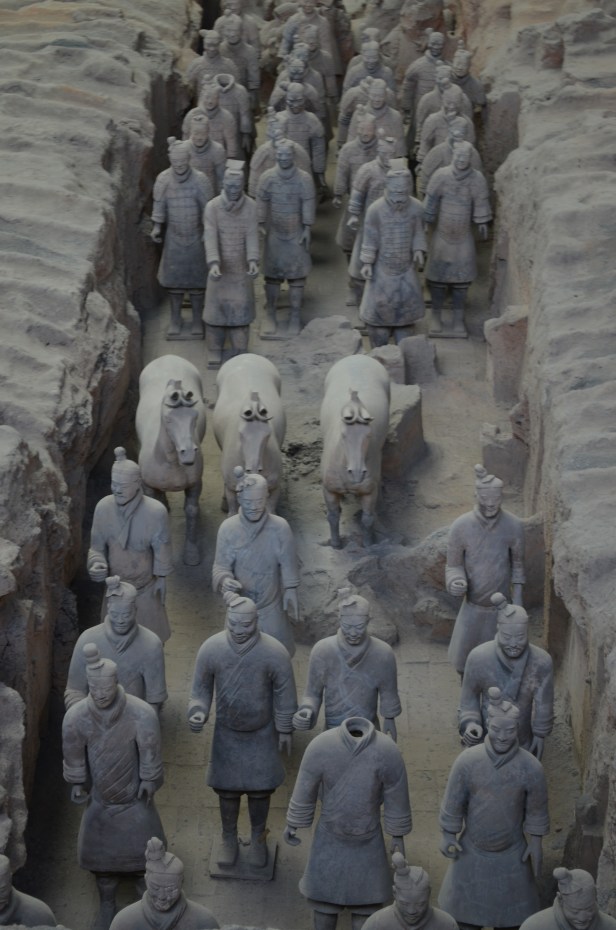 The sheer number of statues is something, but the most intriguing detail of the terracotta warriors, to me at least, was that each figure is unique, modeled after different infantrymen, cavalry, lieutenants, generals – real soldiers, real people who lived and fought and died long ago, a whole army reincarnate, or rather frozen in time.
The sheer number of statues is something, but the most intriguing detail of the terracotta warriors, to me at least, was that each figure is unique, modeled after different infantrymen, cavalry, lieutenants, generals – real soldiers, real people who lived and fought and died long ago, a whole army reincarnate, or rather frozen in time.
 Te next day, before our flight back to Shanghai, our tour guide Kathy took us to a Xi’an-style cut noodle (dao xiao mian) shop. You drink the noodle broth separately, and peel and take little bites of raw garlic cloves as you eat the noodles.
Te next day, before our flight back to Shanghai, our tour guide Kathy took us to a Xi’an-style cut noodle (dao xiao mian) shop. You drink the noodle broth separately, and peel and take little bites of raw garlic cloves as you eat the noodles.
The last thing we saw was the mausoleum grounds of the fourth Han emperor (Han Yang Ling mausoleum), not that far from Qin Shi Huang’s burial grounds. Apparently, emperors began designing their burial sites in their pre-teen years – how weird that would be, how ubiquitous the presense of death and how incessant the pursuit of immortality. But I suppose it’s one way to keep your ambitions lofty, eh? Han Yang Ling is one of the best-preserved imperial tombs and, unlike that of Qin Shi Huang, whose post-mortem army was life-size and constructed to scale, the Han emperor used much smaller, doll-like figurines, but replicated the entirety of his court, from soldiers and livestock to eunuchs and concubines, offering a broad glimpse into imperial life in its many forms.
Da Qin Noodle Restaurant (大秦面庄)
Qingsong Road, Yanta, Xi’an, Shaanxi, China
Tiantai 3rd Road, Weiyang, Xi’an, Shaanxi, China

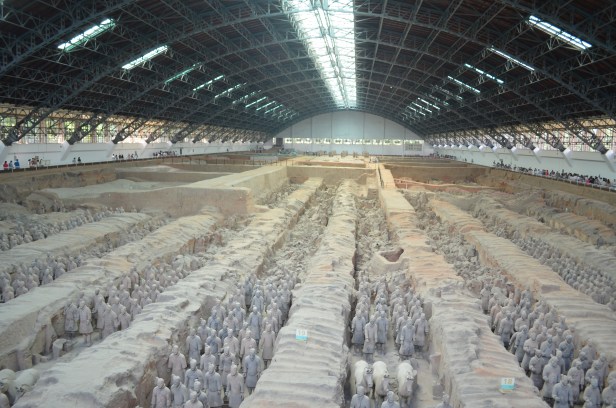

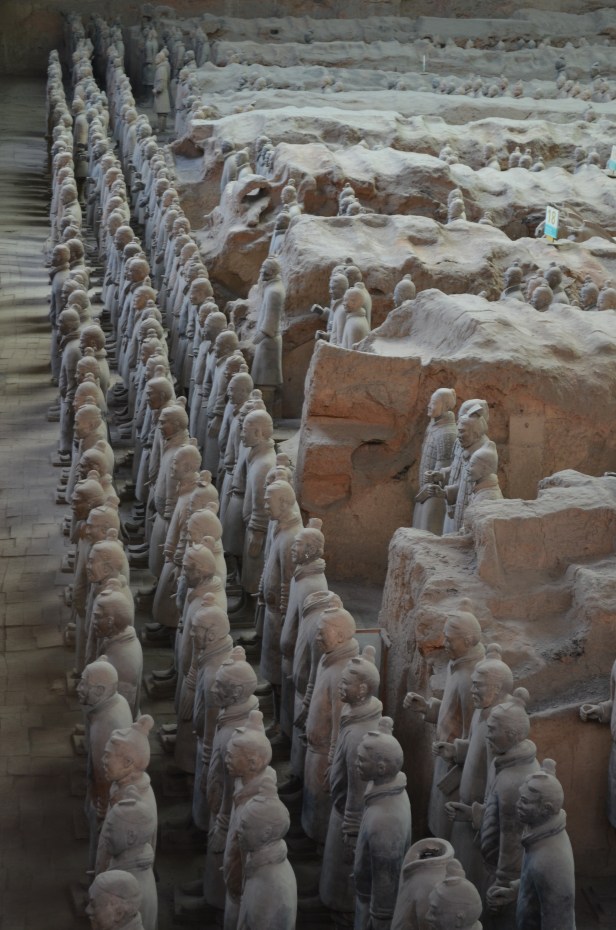


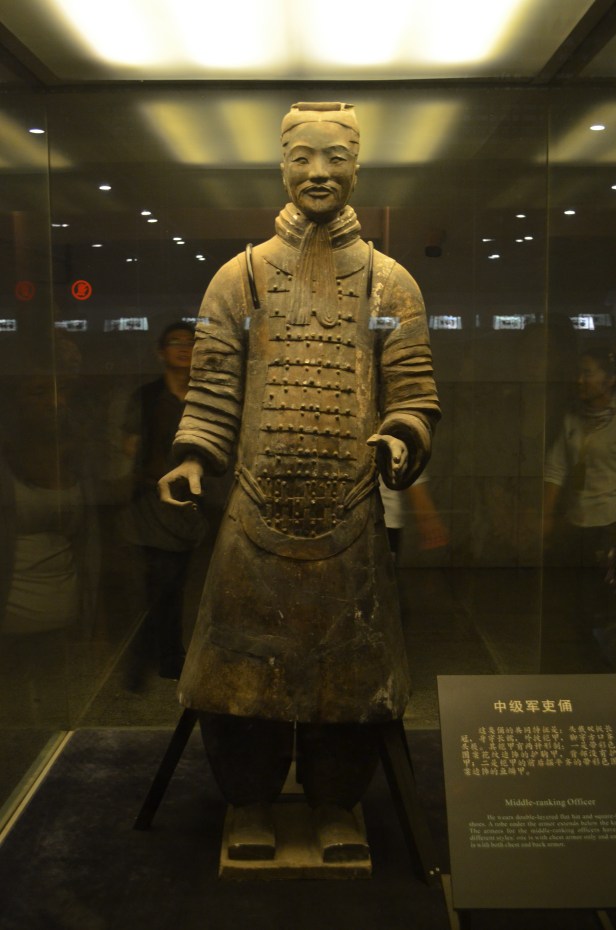

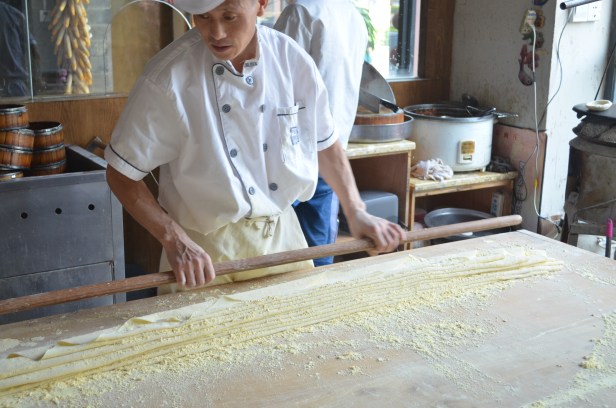
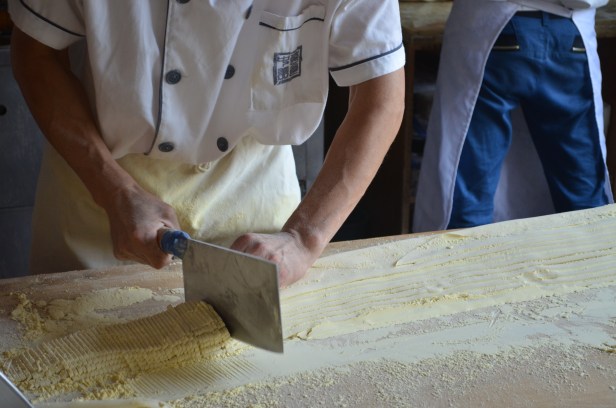

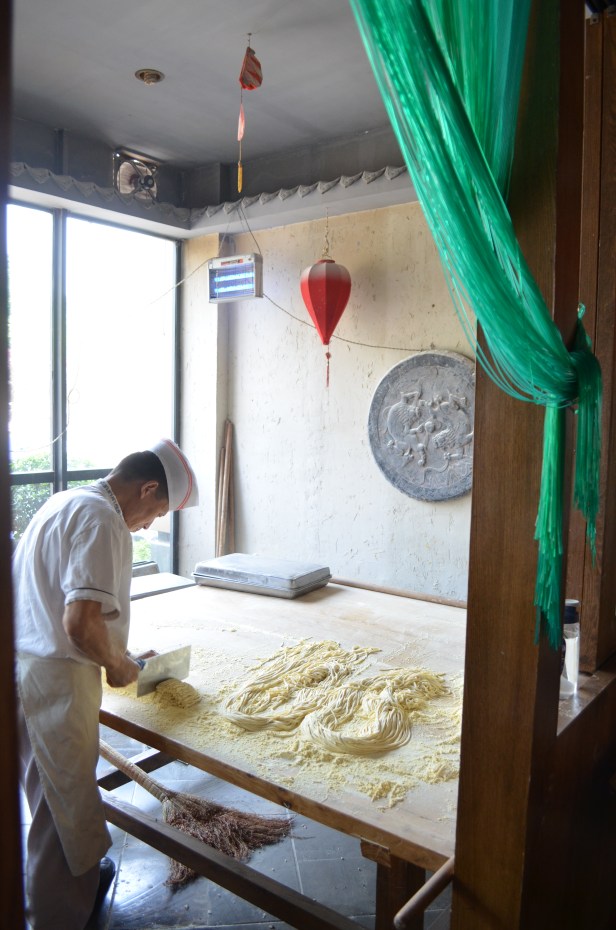
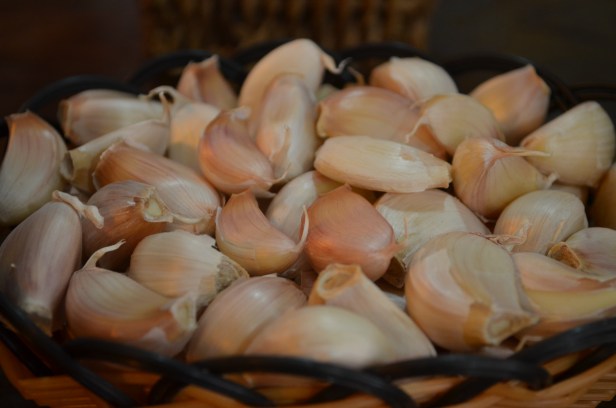
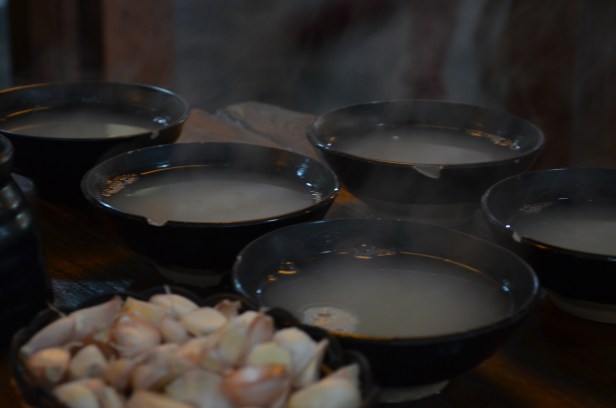
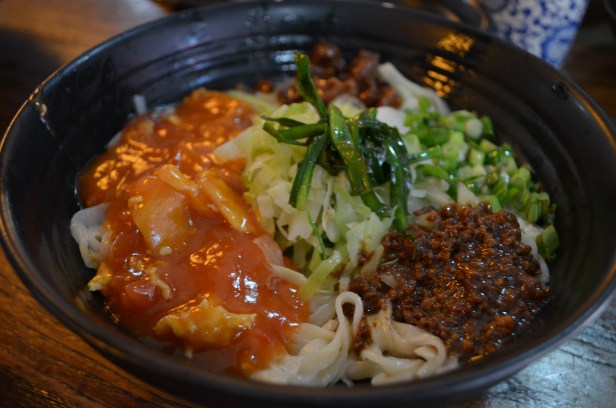


A repeat of the tiresome tale told about the greatest nation builder the world has ever known. With no verification whatsoever, we hear again and again of his building the Great Wall, his burning of books, burying of scholars, his belief in the afterlife, his villanous paranoia. None of this has ever been proven. Interested in Qin Shi Huang? Want to know how he ended the period of the Warring States and built a great empire? Here’s the real story. The book is called The School of Sun Tzu, by David G. Jones http://tinyurl.com/btn3e9y